10 Must-Ask Questions When Buying an LDA Bridge Crane
Purchasing an LDA bridge crane is a major investment that affects productivity, safety, and operational costs. As a widely used type of bridge crane, the LDA model is valued for its cost efficiency and relatively simple structure. For facilities with limited vertical space, a low headroom crane design – often based on the LDA framework – may be the ideal choice. To help you avoid costly mistakes and select the right equipment, we have compiled the ten most important questions to ask potential suppliers.
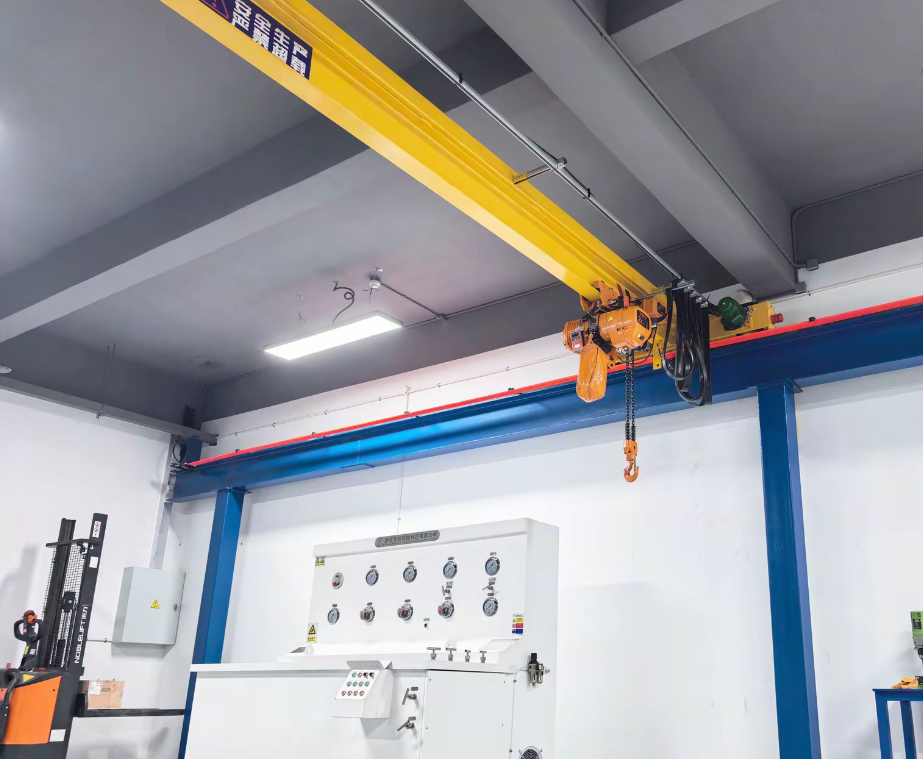
Can you provide a detailed specification sheet and itemized pricing for the LDA bridge crane?
Never settle for just a total price. A transparent quotation should itemize costs for: the main girder, end carriages, electric hoist (brand and model), motors, control system, rail clamps, cables, etc. Clarify whether prices for transportation, installation, and taxes are included. This prevents situations with low initial quotes followed by expensive add-ons later.
Are you a licensed manufacturer of this type of bridge crane equipment?
In many countries, bridge crane systems are classified as special equipment and require licensed manufacturing. Ensure the supplier holds valid certifications for producing LDA bridge crane models and that the equipment will be delivered with all necessary documentation for legal operation. This is crucial for compliance and insurance purposes when installing a low headroom crane or standard bridge crane.
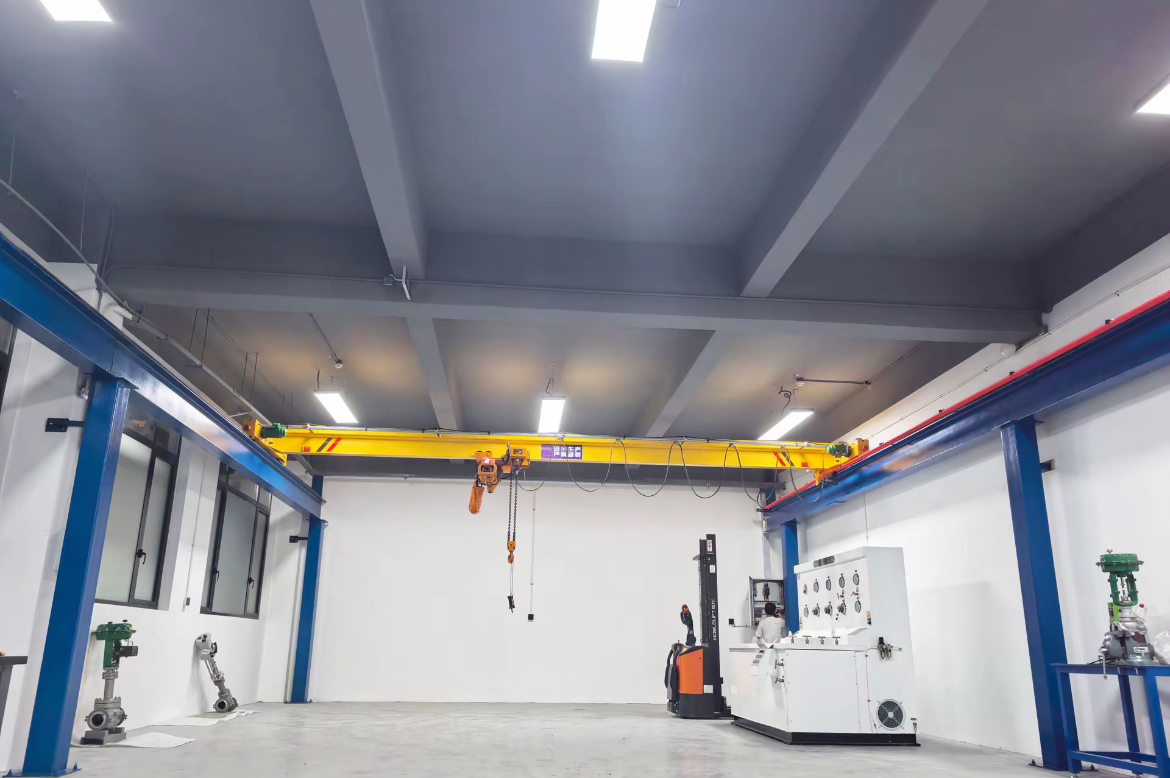
What standards and regulations does this LDA bridge crane comply with?
Reputable manufacturers design their bridge crane products according to international (FEM, ISO) or national standards. Compliance ensures the structural integrity, safety, and reliability of the LDA bridge crane. Ask for specific standard references and how they are implemented in the design, especially for a low headroom crane which has specific safety considerations.
What brands are used for key components in this LDA bridge crane?
The quality of core components greatly influences performance and service life. Established brands typically offer better reliability and available spare parts. For a low headroom crane, the hoist and trolley design are especially critical. Confirm component brands and their warranty conditions.
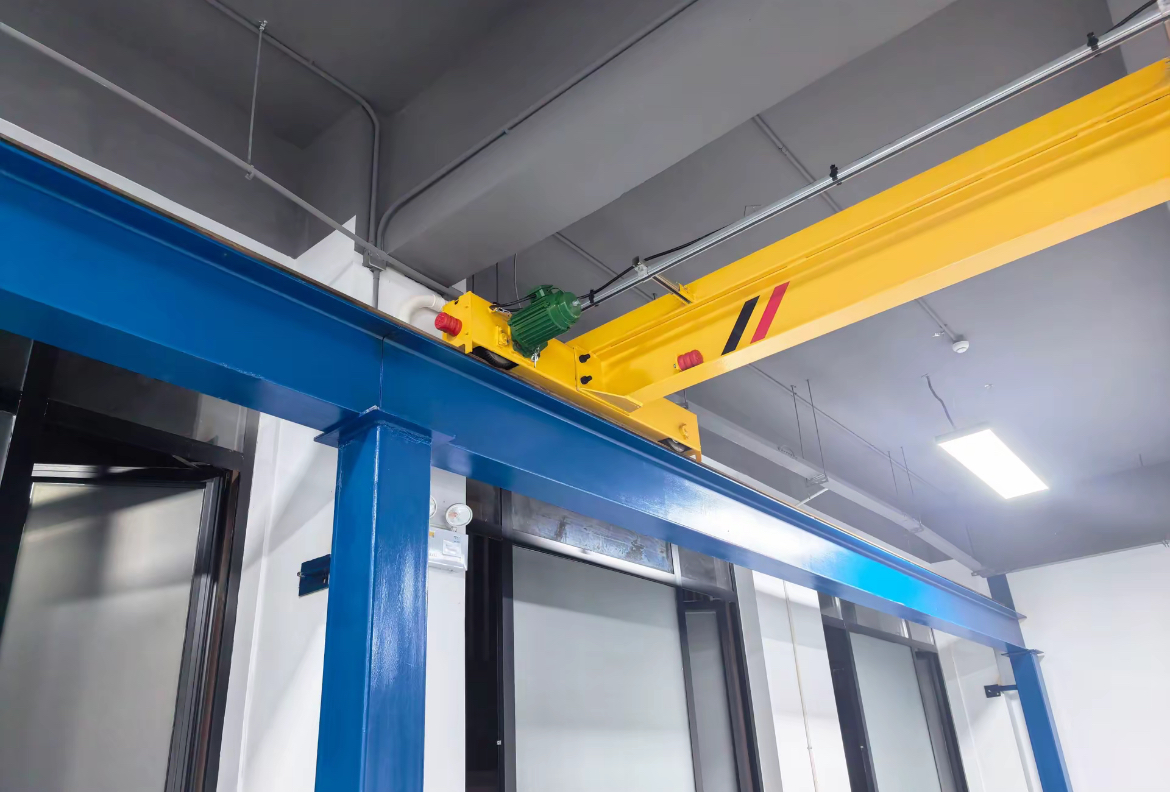
Can the LDA bridge crane be adapted to our specific working environment?
Standard LDA bridge crane models may not suit all applications. Discuss possible adaptations such as increased duty cycles, special environmental protection, or specific control options. A reliable bridge crane supplier will offer engineering support for customized solutions, whether you need a standard bridge crane or specialized low headroom crane.
What does the installation process include for our LDA bridge crane?
Professional installation is vital for safety and performance of any bridge crane system. Ask whether the supplier provides installation services for your LDA bridge crane, the expected timeline, and what testing procedures are followed. This is particularly important for a low headroom crane installation where precision is critical.
What is included in the warranty for our LDA bridge crane?
Request full details of warranty terms for your bridge crane: duration, which parts and services are covered, and response times. Ensure that technical support and spare parts will be available long-term for your LDA bridge crane. A strong service network is especially important for a low headroom crane, which may require specialized maintenance.
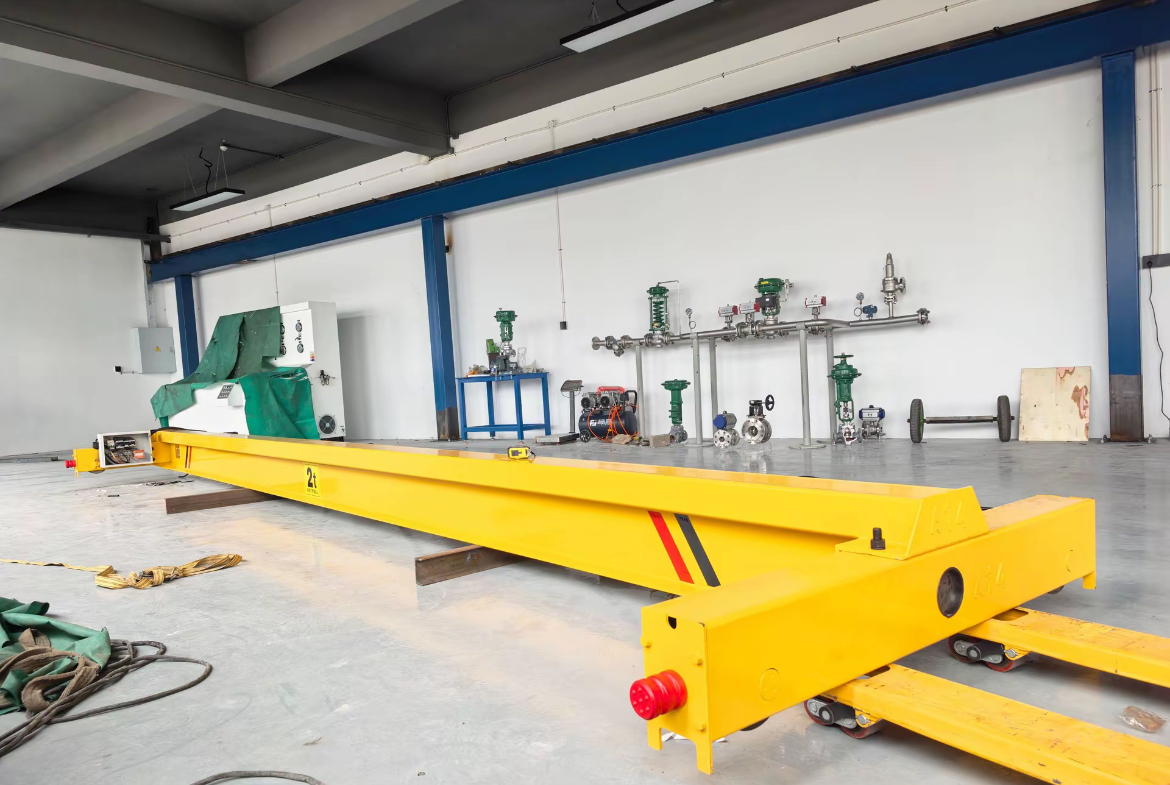
Can you share references from similar LDA bridge crane projects?
Quick response is essential if equipment fails. Ask the supplier if they have a 24/7 service hotline, nearby offices, or partnered service networks, and whether they can provide remote technical guidance and the supply lead time for spare parts.
What are the maintenance requirements for this LDA bridge crane?
Understand the routine maintenance needs, inspection intervals, and any specific care requirements. This helps plan operational budgets and ensures safe, continuous service. A good supplier will provide maintenance manuals and training for your staff.
Are all terms clearly stated in the contract for our LDA bridge crane?
Before signing, ensure that every detail – technical specifications, delivery date, payment terms, warranty, and service agreements – is explicitly written into the contract. This protects both parties and prevents future misunderstandings.
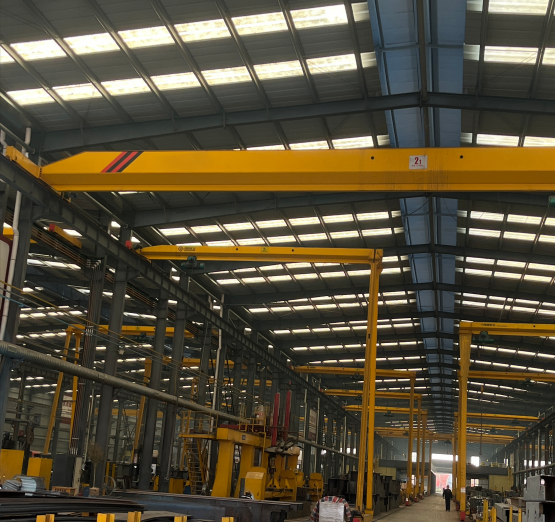
Conclusion
Equipment will inevitably require maintenance or repair, and the supplier's support system becomes critical at such times. This is especially true for a low headroom crane, where compact design may require specialized expertise. Examine their after-sales service capabilities in detail: Is a 24/7 support hotline available? Is there a network of technical specialists or authorized service partners near your facility? Can they provide effective remote troubleshooting assistance? Also, be sure to ask about the availability and delivery time for critical spare parts—particular components unique to the low headroom crane design. A supplier with a robust support infrastructure helps minimize costly downtime and ensures your low headroom crane returns to operation swiftly.

